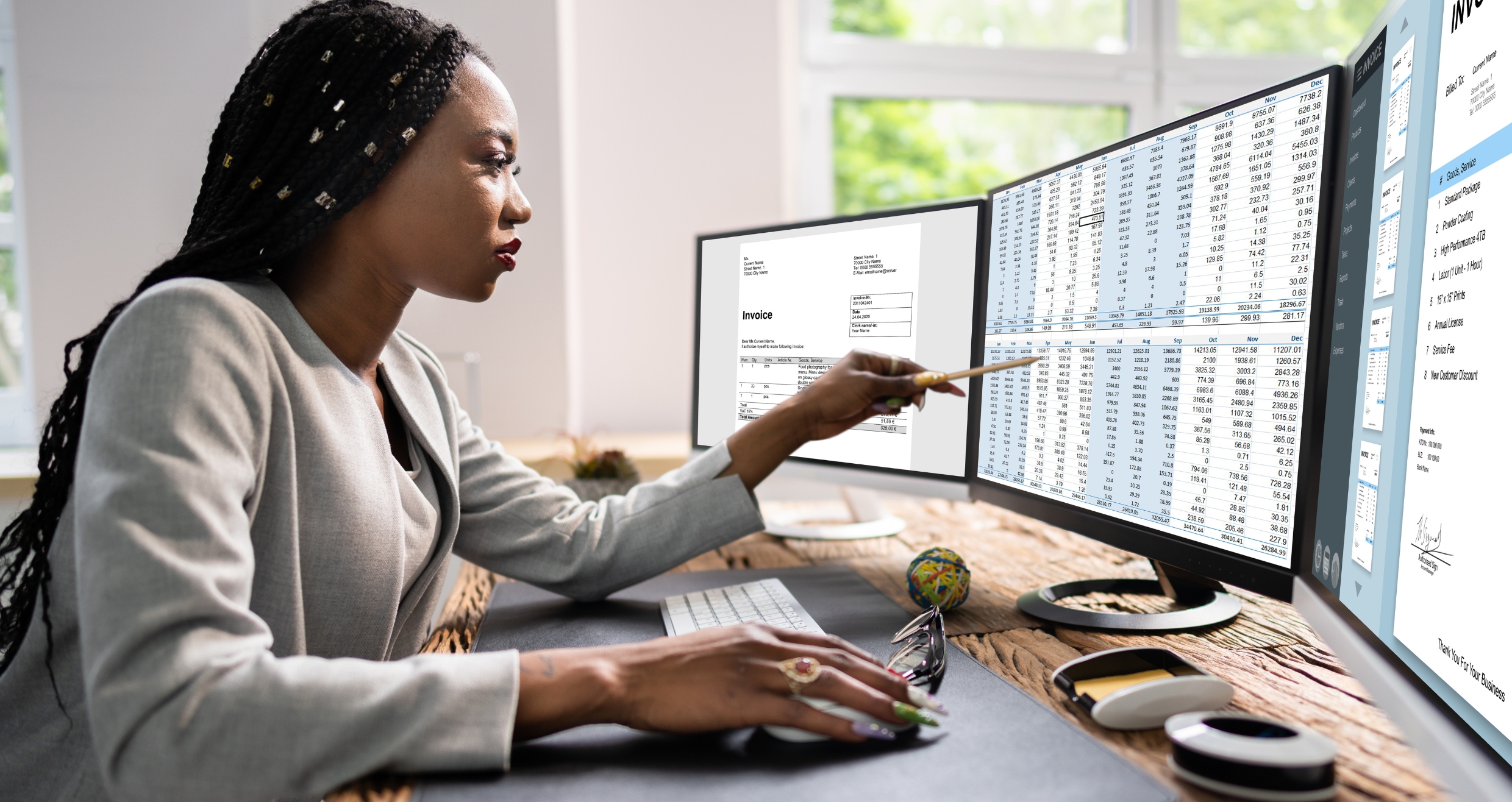E-fakturácia vo Francúzsku je súčasťou prechodu na bezpapierové transakcie. Od septembra 2026 musia všetky firmy vo Francúzsku, bez ohľadu na veľkosť, vedieť prijímať faktúry v elektronickom formáte.
Tento projekt vedie francúzska vláda s cieľom zjednodušiť proces fakturácie a platby a optimalizovať výber DPH. Bude mať veľký dopad, preto je dôležité pochopiť, ako e-fakturácia ovplyvní podniky.
Môžeme hovoriť o masívnom náraste bezpapierových výmen.
Harmonogram implementácie reformy znamená, že spoločnosti a ich partneri (vydavatelia fakturačného softvéru, platformy pre prenos dát atď.) sa môžu rýchlo zorganizovať.
Kalendár systému FR e-faktúra
Zistite si miestne požiadavky na e-fakturáciu vo Francúzsku. Pre viac informácií nás kontaktujte!

Čo sa mení s e-fakturáciou?
Povinná B2B e-fakturácia zjednodušuje spracovanie prichádzajúcich a odchádzajúcich faktúr, ako aj podávanie daňových priznaní k DPH.
Jednoduchšia integrácia všetkých prichádzajúcich faktúr do účtovných systémov spoločností.
A priori kontrola súladu odoslaných faktúr a zamietnutie nevyhovujúcich faktúr pri zdroji.
Transparentnosť pre zákazníkov ohľadom postupu spracovania faktúr.
Objavte naše požiadavky na e-fakturáciu po celom svete.
Od 1. septembra 2026 už nebude možné požiadať svojich dodávateľov o papierové alebo jednoduché PDF faktúry.
Všetky podniky budú musieť:
Od 1. septembra 2026 pre najväčšie podniky a postupne do septembra 2027 pre ostatné, musia byť všetky podniky schopné:
Zabezpečiť súlad so 4 metódami e-fakturácie:
Bude povinné archivovať elektronické faktúry v ich pôvodnom počítačovom formáte. Archivácia spočíva v uzavretom, časovo označenom uloženiu v digitálnom trezore.
Vytvorenie fakturačnej siete spájajúcej všetkých B2B účastníkov je sprevádzané úplnou transparentnosťou o postupe každej faktúry, stav po stave:
4 povinné stavy sú komunikované všetkými platformami:
Ďalšie stavy (dostupné; prevzaté; schválené; čiastočne schválené; platba odoslaná), ktoré sú odporúčané, ale voliteľné, a ďalšie, známe ako voľné stavy, budú zahrnuté alebo nie v službách ponúkaných platformami.
Tieto stavy sa považujú za riadiace informácie skôr než za fakturačné údaje. Inými slovami, riadenie úveru zákazníkov, riadenie cash flow a Business Intelligence sa výrazne zlepší.
E-reporting je prenos dát daňovým úradom. Tieto nové dátové toky musia byť podané:
Ako to funguje?
Frekvencia e-reportingových tokov závisí od režimu DPH spoločnosti. Platforma na vydávanie, ktorú si spoločnosť vyberie (PPF alebo PDP), zhromažďuje a prenáša tieto toky daňovým úradom.
Elektronická faktúra musí spĺňať dve podmienky:
V obehu budú dva formáty:
Objavia sa platformy, ktoré umožnia podnikom využívať e-fakturáciu jednoduchým a bezpečným spôsobom.
Pre podniky bude zavedenie elektronickej fakturácie hlavne znamenať nižšie náklady:
Zjednodušené pripomienky, menej sporov, automatizované zosúladenie faktúr, sledovateľnosť spracovania faktúr a okamžitý prístup k archivovaným dokumentom všetko pomáha znížiť náklady a čas spracovania dematerializovaných faktúr.
Národné fórum pre elektronickú fakturáciu odhaduje, že nárast produktivity je 1/3 pre dodávateľa a 2/3 pre zákazníka.

Les entreprises modernes ont besoin de rapidité et d’agilité, à commencer par les systèmes financiers et comptables qui sont la pierre angulaire de toutes les opérations.
L’environnement économique récent s’est considérablement complexifié, mettant en évidence un besoin croissant de réactivité à l’ère du numérique, mais les systèmes de gestion peinent encore à s’adapter aux évolutions des besoins des entreprises.

L’adoption de la facturation électronique (ou E-invoicing) va accélérer le recouvrement et réduire les coûts de gestion des factures de toutes les entreprises. C’est quoi, une facture électronique / facture numérique ? Et à quoi sert de tout changer pour aller vers la dématérialisation des factures ?

La facture électronique va unifier l’ensemble des systèmes de gestion des entreprises autour de règles communes et de protocoles identiques. La digitalisation franchit ainsi une nouvelle étape, avec son lot de gisements de productivité et d’accélération de la rotation du cash. Et à travers cette intégration inédite, c’est aussi la valeur de la donnée qui se trouve décuplée .